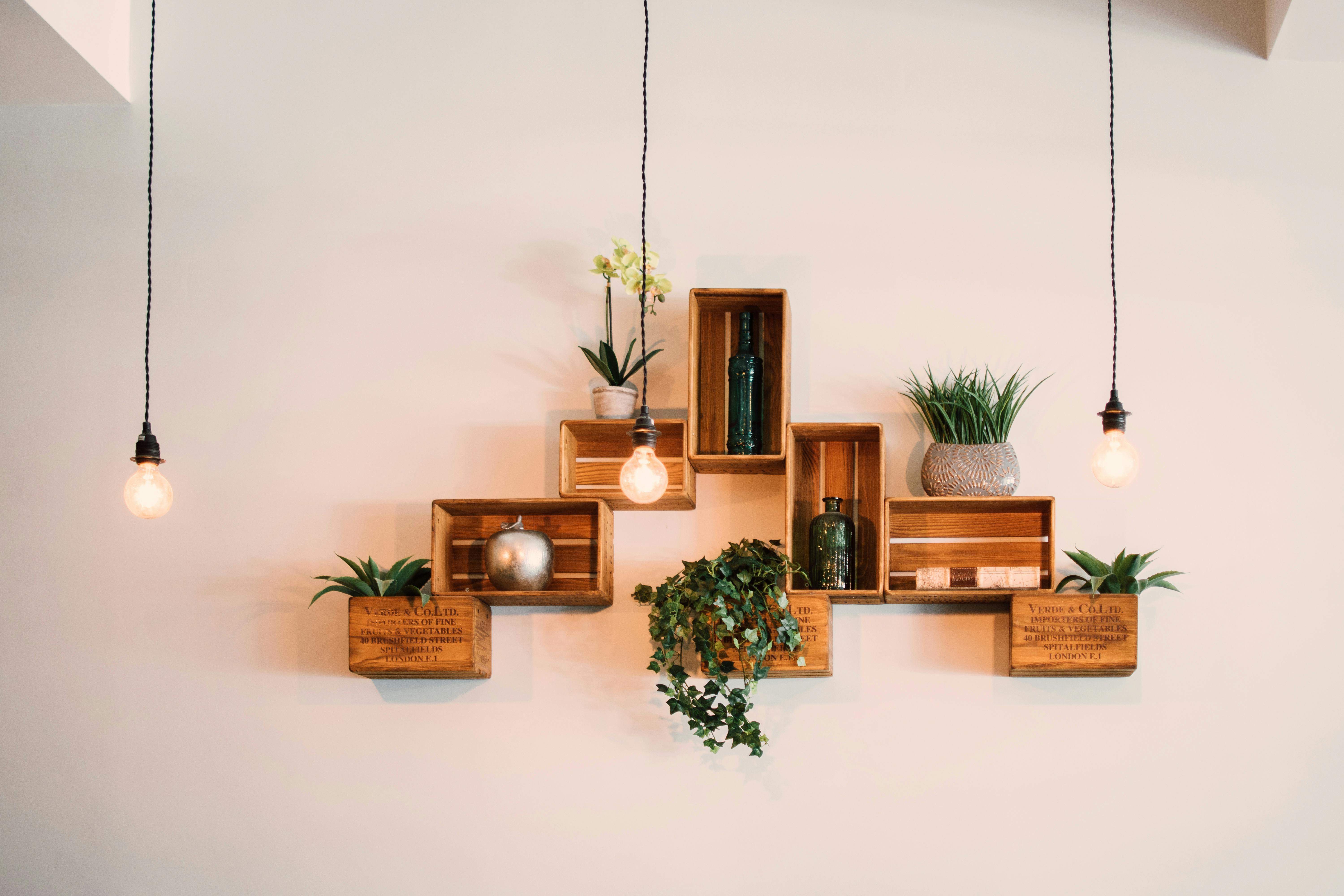A practical guide to care-free indoor greenery
Artificial greenery provides a simple way to add foliage and visual interest to homes and workplaces without the ongoing upkeep that live plants require. This brief preview outlines how to choose lifelike pieces, consider durability and sustainability, and maintain allergy friendly, low maintenance options so they stay attractive year-round.

Artificial greenery can bring the calm and structure of plants into a space without the time or conditions required by living specimens. Well-chosen faux pieces offer consistent color, predictable scale, and predictable placement flexibility, making them useful for apartment interiors, offices, retail environments, and staged properties. This guide explains practical selection criteria, placement strategies, and light cleaning routines that keep lifelike foliage looking natural while addressing concerns such as durability, allergy friendliness, and environmental impact.
Faux greenery for indoor and outdoor use
Faux plants are available in versions suited to indoor and outdoor use. Indoor-rated items prioritize fine detail and delicate textures that read well under artificial light, while outdoor-rated pieces typically use UV-stable plastics and water-resistant coatings to resist fading and moisture. Decide where you’ll place each piece before buying: many products that look fantastic indoors will deteriorate quickly if exposed to direct sun or heavy rain. For outdoor-adjacent covered patios, look for durability and weather resistance without sacrificing realistic leaf shapes and color variation.
Lifelike foliage in interior decor
Creating a convincing lifelike display depends on texture, color variation, and scale. Choose foliage with matte finishes, subtle veining, and slightly imperfect leaf shapes to mimic real plants. Combine different textures—broad leaves, fine fronds, and small filler sprigs—to add depth. In interior decor, consider pots and planters that match the room’s materials and tones; a realistic plant in an incongruent container can read as artificial. Grouping several faux pieces at varying heights enhances believability and supports a cohesive design language.
Choosing low maintenance and allergy friendly options
A major advantage of artificial plants is their allergy friendly nature: they don’t release pollen and won’t host soil-borne mold when properly constructed. For genuinely low maintenance results, prefer washable fabrics and coated plastics that tolerate a gentle wipe or rinse. Avoid loose flocking or exposed foam that can shed particles. Routine care consists of light dusting and occasional cleaning with a damp cloth or mild soap solution; this prevents dust build-up that can dull colors and make foliage appear aged.
Assessing durability and longevity
Durability varies by material and construction. Metal armatures, reinforced stems, and UV-treated pigments extend lifespan, particularly in brighter locations. Examine attachment points where leaves meet stems and any glued seams—these areas can fail on cheaper models. Indoor pieces don’t face weather extremes, so prioritize fine detailing over heavy-duty finishes for interior settings. Investing in mid-range, well-made items often yields better value than repeatedly replacing inexpensive, fragile plants.
Sustainability of faux plants
Sustainability considerations include material choice, transportation emissions, and product lifespan. Some manufacturers use recycled plastics or recyclable components; others mix materials that complicate recycling. A durable piece that reduces replacement frequency can be more sustainable than a short-lived item, but metal, glass, and natural-fiber components tend to be easier to recycle than mixed composites. When environmental impact is a concern, research brands that disclose material sourcing, production practices, and take-back or recycling programs.
Creating an evergreen look year-round
To achieve an evergreen aesthetic, focus on consistent color palettes and varied textures rather than seasonal trends. Select foliage in stable, natural hues and avoid overly glossy finishes that reveal their artificial nature under different lights. Rotate displays and reposition plants occasionally to refresh sightlines and prevent dust accumulation in hidden corners. Small additions like a well-chosen accent pot, moss cover, or pebble top layer can enhance realism and make faux arrangements feel intentionally curated rather than decorative afterthoughts.
Artificial plants offer a practical route to consistent, low maintenance greenery that supports interior design goals without ongoing plant care. By choosing lifelike materials, matching indoor or outdoor ratings, and prioritizing allergy friendly and durable constructions, you can maintain a polished, evergreen look. A modest cleaning routine and thoughtful placement will keep faux foliage looking fresh and integrated with the room’s decor over time.





